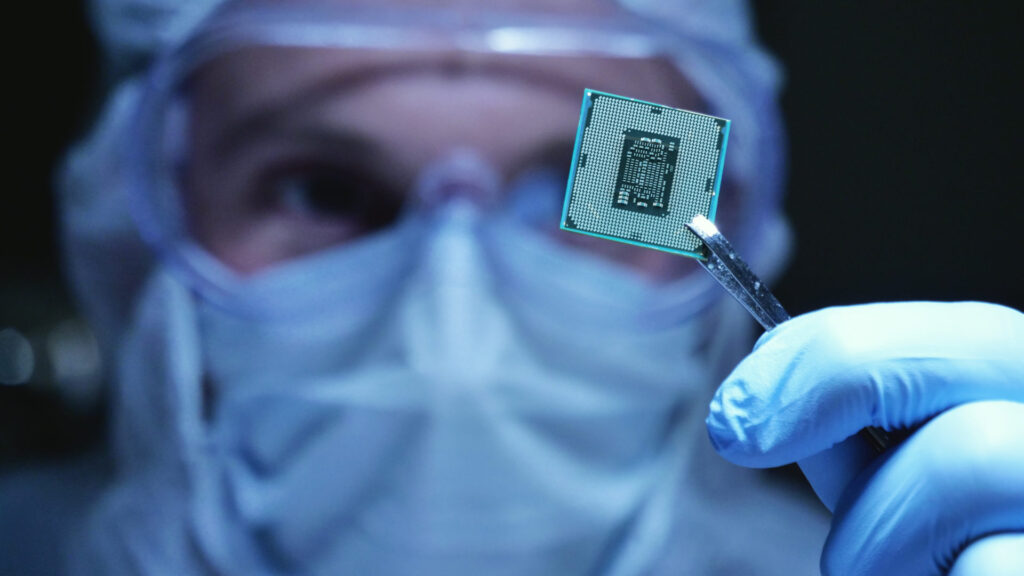MDD vs EU MDR: key changes for the European MedTech industry
The EU MDR came into force on May 26, 2021. The new regulation puts a lot of emphasis on unifying the market and tightening up the requirements, which has a big impact on the manufacturers of medical devices available in the European Union. Let’s take a closer look at the key changes brought about by the MDR vs MDD regulation that was previously in force.
What are the changes in the EU MDR vs MDD?
In terms of the impact on manufacturers and products, the regulatory requirements remain largely the same under the EU MDR. No existing requirements have been removed. However, some of them have been tightened up and a few new requirements have been introduced.
The most important changes in MDR vs MDD are:
1. Stricter medical device classification
Special attention should be paid by the manufacturers of invasive devices intended for implantation, surgeries and other devices described as active, including software used with such devices.
New rules introduced by the EU MDR are much stricter. The most serious change affected medical devices that were in class 1 under the MDD. Now they belong at least to class 2a.
A detailed description of the classification rules is included in Section 6 of the MDR Annex VIII.
How to tell which section of the EU MDR applies to your software?
First, ask yourself whether your software controls or impacts a product or its usage. If the answer is no, and the software is independent of other products, it will be classified as standalone and you need to refer to the classification rules in the MDR Annex VIII, Chapter III, Rule 11.
If your software does control a product or impacts its usage, then the software will have the same class as the product (e.g., an app for calculating insulin will have the same classification as an insulin pump). In this case, you need to refer to the implementation regulations in the MDR Annex VIII, Chapter II.
It’s worth noting that the EK-Med, an expert group consisting of notified bodies, perceives the new classification of software as too strict. The European Commission is even considering revisiting this rule altogether in the future.
2. Changes to the Quality Management System
The scope of the Quality Management System now also includes, for example, the procedure for clinical evaluation and running a Post-Market Surveillance (PMS) system as well as Post-Market Clinical Follow-up (PMCF) for every product.
The requirements for the QMS system are outlined in Article 10 of the MDR.
The manufacturer’s Quality Management System will be assessed as part of the MDR conformity assessment conducted by a Notified Body.
3. Supervision of Notified Bodies
The MDR regulations introduces more requirements concerning the designation of notified bodies that are now controlled by national competent authorities and the European Commission.
4. Introduction of an independent expert panel
For all devices in classes IIa, IIb and III the notified body now needs to be involved in the conformity assessment of a product for CE marking.
As per Article 54 of the regulation, the MDR introduces a consultation procedure conducted by an independent expert panel for certain Class IIb devices (not obligatory) and class III devices intended for implantation (obligatory). It’s carried out based on a clinical evaluation analysis report from a notified body.
5. Stricter clinical evaluation requirements
The MDR also tightens up the clinical evaluation requirements. There are new rules governing clinical trial. The requirements include the collection of clinical data that is already available in the literature and the organization of the necessary clinical trials.
You can still use the concept of equivalence with other products, for which clinical data already exists, but only in some cases.
With some exceptions implantable medical devices and class III medical devices must now undergo clinical trials. For all Class III and IIb devices intended to manage a drug (in or out of the body), the manufacturer has the option to consult a group of EU experts to obtain an opinion on the clinical development plan.
6. Improved traceability
The MDR introduces a new system of Unique Device Identification (UDI that will significantly improve the identification and traceability of medical devices.
UDI is a standardized code system supported by a database where all the information about the devices is stored and accessible to users and regulators. The MDR requires that each medical device needs to have a label with its unique code placed on it or its packaging.
UDI is described in more detail in Article 27 of the EU MDR.
7. More transparency
Information on products and tests will be made public. A new database of medical devices available in the European Union, called EUDAMED, will be created. It will combine the information about medical devices and their manufacturers from different electronic systems.
Apart from improving transparency, the aim of EUDAMED is also to give easier access to information for the public and health professionals and facilitate coordination between the different EU Member States.
Who does the EU MDR apply to?
The MDR applies to all medical device manufacturers who want to introduce their products on the EU market.
MDR vs UK
Medical device manufacturers from Great Britain who want to introduce their products on the EU market must comply with the MDR.
And what if you want to sell your medical device in the UK?
The Medicines and Healthcare products Regulatory Agency (MHRA) is responsible for regulating the UK medical devices market. They provide a set of guidelines on how to place a medical device on the Great Britain and Northern Ireland markets. You can read about it in more detail here.
Do you need assistance in implementing the EU MDR requirements to your processes?
Our consultants have extensive experience in the medical device industry and are well-versed in the new Medical Device Regulation. We can help you by conducting an independent audit with a gap analysis to identify areas that need improvement and find optimal solutions.
About the author
RECOMMENDED ARTICLES
Contact us





